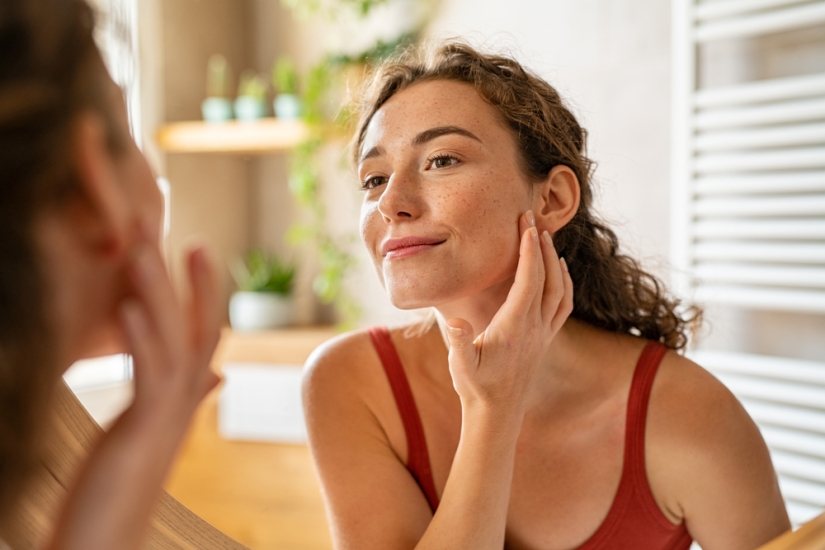4 signs you have low iron levels
Nutritionist reveals the effects of low iron levels on your appearance…

Low iron levels can have some worrying side effects, like tiredness and shortness of breath. But did you know it can also impact your physical appearance?
When you don’t have enough iron in your diet, your body cannot make enough haemoglobin, which means that your body won’t receive enough oxygen. Lack of oxygen to different organs and tissues causes a variety of side effects, and this can impact your skin, hair and nails.
Nutritionist and spokesperson for BlueIron, Toral Shah, reveals the impact on your appearance, and her tips to boost iron levels.
Paler skin
Low iron levels can make skin, including the inside of the eyelids, look paler. Haemoglobin gives blood its classic deep red colour, so if there is less haemoglobin this will make blood less red. This can make the skin on your face, gums, inner eyelids and nails paler. If you have darker skin, you may only notice this in your inner eyelids.
Dry and damaged skin
Low levels of iron decrease haemoglobin levels in blood, which reduces the amount of oxygen reaching skin and mucosa. This can lead to dry and damaged skin as well as a dry mouth, sores and cracks at the edge of the mouth and mouth ulcers.
Hair loss and damage
If there is not enough oxygen reaching the cells that stimulate hair growth due to lower haemoglobin levels, this can cause hair loss. This is more apparent in women of reproductive age.
Brittle nails
Low iron levels can cause nails to become brittle, breaking and chipping easily. And, in severe cases, nails can become spoon shaped with the edges raised and the middle of the nail dipping.
Toral’s diet tips to support your iron levels
If you are vegetarian or vegan, eat at least 2 portions of dark leafy greens daily alongside a vitamin C rich food, such as a dressing made with lemon juice, which supports the absorption of the non-haem iron which is less bioavailable.
Support your iron levels by eating at least one portion of beans or legumes each day – each cup of cooked beans can provide up to a third of your daily iron requirement, plus they are fibre rich which supports your gut microbiome.
Nuts and seeds are particularly rich in minerals such as iron, so include a small portion of these as a snack daily.
If you think you might have low iron levels, particularly if you are in a high-risk group, do ask your GP to test ferritin levels and consider an iron supplement that is bioavailable and doesn’t impact your digestive health.










